How Much Does Invisalign Cost?
The cost of Invisalign in cary north carolina can range from $3,000 to $6,000, which is slightly more expensive than traditional braces, which typically range from $2,500 to $6,000. As is the case with any dental procedure, the total cost will be determined by a range of factors, such as the severity of your case, your geographic location, your dental insurance plan, what’s included in the overall cost (retainers) and the reputation of your dentist.
Invisalign Alternatives
Although Invisalign is a popular and effective treatment option for patients who have crowded teeth, underbites, overbites, or gapped teeth, there are other similar treatment options available, including the following:
- Lingual braces: Generally comparable in price to Invisalign ($6,000-$8,000), lingual braces are placed behind the teeth, which means they are also not as noticeable as traditional braces.
- ClearCorrect: Similar to Invisalign, these aligners are made in the United States and typically cost between $2,500–$5,500.
- Smile Direct Club: Smile Direct Cub allows customer to make a mold of their mouth at home, which is then mailed to the company, who will design and ship aligners to the client based upon the mold. Treatment typically costs $1,850; however, it is important to be aware that patients are taking a greater risk of the treatment not working, given that they are not being treated by a certified professional.
Aftercare costs
In addition to the cost of Invisalign treatment, it is important to also factor in post treatment care. Once your Invisalign treatment is complete, you will need to wear a retainer to preserve the alignment. These retainers can either be cemented to your teeth or be removable. These aligners typically cost between $100 and $500 per retainer.
Payment Options
Is Invisalign Covered by Insurance?
Most insurance plans do cover the cost of Invisalign treatment. How much of the procedure that is covered will vary from plan to plan, so be sure to discuss the anticipated costs with your dentist.
FSA (Flexible Spending Accounts)
Patients who have an FSA may use the assets from their account to cover the cost of the procedure. FSA’s allow individuals to add $2,600 annually, although this is not offered by all employers. If possible, schedule your appointment towards the end of the calendar year and any follow up appointments for the next year. This will allow you to use money from two years of pretax flexible spending money.
HSA (Health Savings Account)
Patients with a high-deductible insurance plan may qualify for a HSA, which allows them to annually place $3,400 per individual or $6,700 for a family. This money is untaxed and can be used to cover a range of procedures, including Invisalign and dental implants. Individuals will need to meet IRS requirements to qualify for an HSA. If you are planning on using an HSA to cover the costs of your procedure, be sure to talk to your dentist about whether you will need to pay your dentist and then get reimbursed or if the provider will pay your dentist directly.
Monthly Payment Plan
If you are concerned about the overall cost of your procedure, ask your dentist or orthodontist if they offer monthly payment plans. This is commonly offered to patients, although a down payment is generally required. The amount of the down payment and monthly payments will vary from clinic to clinic, but most clinics will do what they can to ensure that you are able to receive the care you need in a way that does not cause financial distress.
More on Invisalign : Invisalign Reviews
